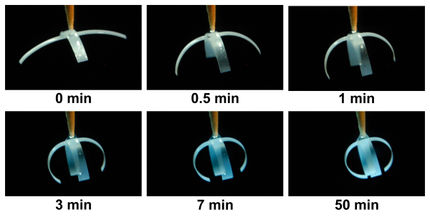Cleaner water through nanotechnology
Coated silica particles filter out toxins, pathogens
Advertisement
Tiny particles of pure silica coated with an active material could be used to remove toxic chemicals, bacteria, viruses, and other hazardous materials from water much more effectively and at lower cost than conventional water purification methods, according to researchers writing in the current issue of the International Journal of nanotechnology.
Peter Majewski and Chiu Ping Chan of the Ian Wark Research Institute, at the University of South Australia, explain that the availability of drinking quality water is fast becoming a major socio-economic issue across the globe, especially in the developing world. However, water purification technology is often complicated, requires sophisticated equipment and is expensive to run and maintain. Moreover, it usually requires a final costly disinfection stage. The Australian team suggests that nanotechnology could provide a simple answer to the problem.
The researchers have investigated how silica particles can be coated easily with a nanometer-thin layer of active material based on a hydrocarbon with a silicon-containing anchor. The coating is formed through a chemical self-assembly process so involves nothing more than stirring the ingredients to make the active particles.
These active particles, so called Surface Engineered Silica (SES), were then tested to demonstrate that they could remove biological molecules, pathogens such as viruses like the Polio virus, bacteria like Escherichia coli, and Cryptosporidium parvum, which is a waterborne parasite.
"The results clearly show that organic species can efficiently be removed at pH ranges of drinking water by stirring the coated particles in the contaminated water for up to one hour and filtering the powder," the researchers say. They point out that the filtration process occurs through an electrostatic attraction between the pathogens and the surface engineered particles.
Topics
Organizations
Other news from the department science

Get the chemical industry in your inbox
By submitting this form you agree that LUMITOS AG will send you the newsletter(s) selected above by email. Your data will not be passed on to third parties. Your data will be stored and processed in accordance with our data protection regulations. LUMITOS may contact you by email for the purpose of advertising or market and opinion surveys. You can revoke your consent at any time without giving reasons to LUMITOS AG, Ernst-Augustin-Str. 2, 12489 Berlin, Germany or by e-mail at revoke@lumitos.com with effect for the future. In addition, each email contains a link to unsubscribe from the corresponding newsletter.




























































